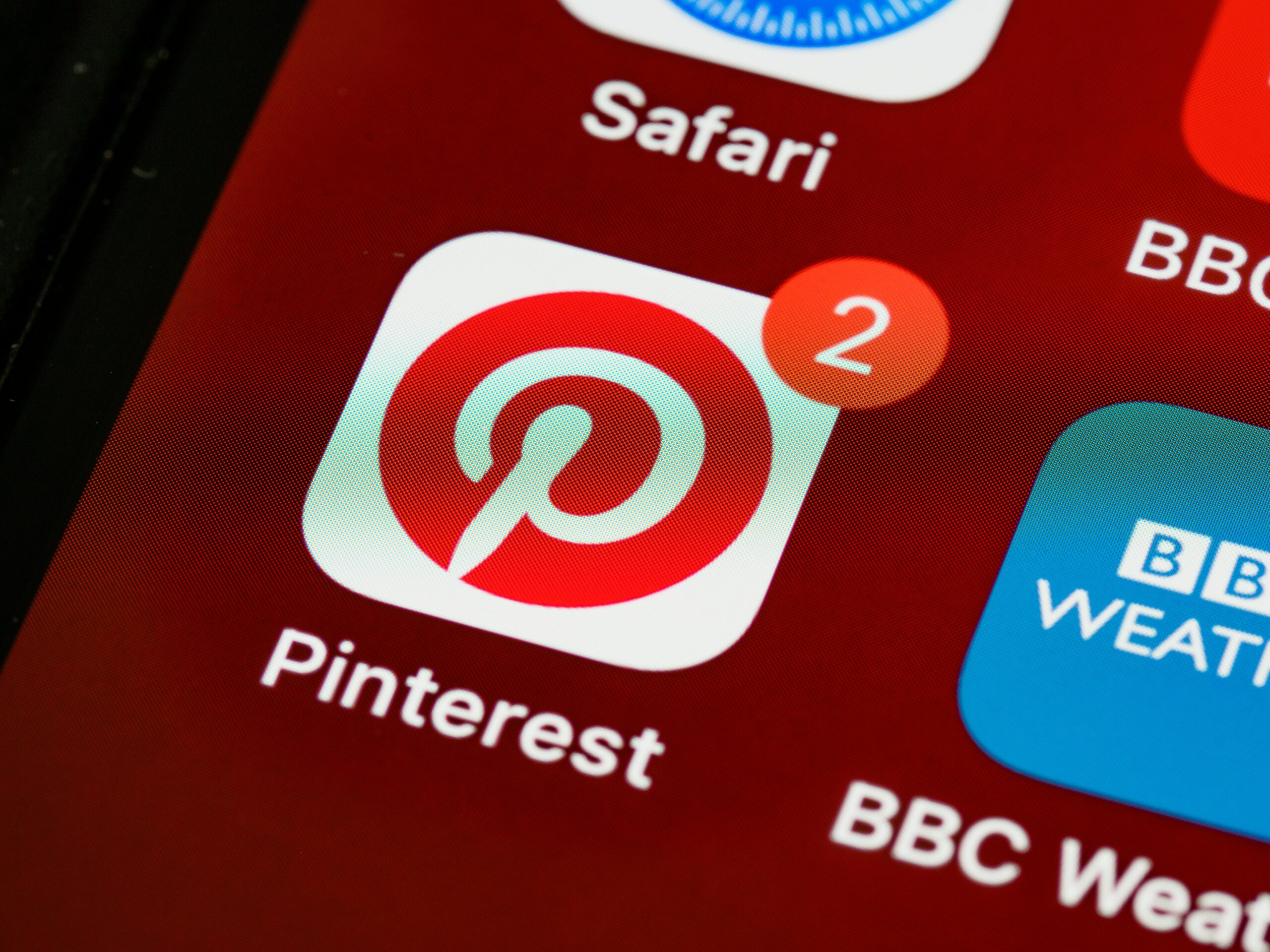Facebook is introducing a new way to engage with posts, named “Reactions”, featuring a range of empathetic emoji, replacing the need for the coveted “dislike” button.
Essentially, “Reactions” are a range of emoji displaying different emotional responses, which a Facebook user can click to show how a post made them feel. This comes after Mark Zuckerberg confirmed Facebook was working on a dislike button coming in “some form”.
But what does this new feature actually entail, and how could it affect individuals and brands utilising the social network?
What are Facebook “Reactions”?
Facebook’s “Reactions” take the form of six emoji that sit alongside the thumbs-up like button, allowing users to respond with the proper emotion on each post or status update.

So now, when someone posts a status stating they are in the hospital, you can respond with a sad face. If someone gets into university, you can still like the status, or alternative express your love, joy, or surprise.
Obviously, this could still have implications for abuse, and I’m sure some people will find it amusing to respond to a status with the opposite emotion expected. But it appears to be a good move overall. Facebook has chosen a good range of reactions to represent, as there is no hate or dislike reaction that could hurt someone’s feelings. Even stating you are angry at a status is fairly safe from abuse.
For now, the reactions will be displayed as a pop-up feature alongside the like button, and Facebook will then begin to tweak and evolve the new feature.
Whilst it’s a fairly original concept for a social network, it’s not the first platform to offer emoji reactions. Buzzfeed famously offers a similar feature at the end of each article, allowing readers to respond to how the article makes them feel.
When and where is Facebook Reactions being introduced?
Facebook is going to begin testing the new feature on the 9th of October this year.
For a start, the feature will only be available in Spain and Ireland. So far, there’s no word on when the feature will roll out elsewhere, or which countries may get the feature next. Zuckerberg has said:
“We have an idea that we’re going to be ready to test soon, and depending on how that does, we’ll roll out it more broadly”
Facebook Reactions will appear across both mobile and desktop versions of Facebook, and will be visible on all posts displayed in the News Feed. This means you will be able to respond to friends, pages, or advertisers.
Why is Facebook introducing Reactions now?
The dislike button has been a hot topic for years, and Facebook has been very aware. Mark Zuckerberg even stated:
“People have asked about the dislike button for many years. We’ve finally heard you and we’re working on this and we will deliver something that meets the needs of the larger community.”
It seems then, that 2015 is simply the point where they saw the opportunity to introduce an alternative emotion to liking a status.

As more and more people access Facebook on their mobile devices through the app, it means more people are on the move, and fewer people wish to type out long replies. People may not wish to spend much time typing a response, with these new reactions allowing users to convey their reaction in a quick and easy format.
Also, stickers saw a huge rise in popularity. Many people were using stickers of emoji in a similar way, by simply commenting on a status with a happy, sad, angry, or other emotional emoji. Now it’s simpler and more streamlined.
Why Reactions instead of a Dislike button?
Mark Zuckerberg has previously said, referring to Facebook users:
“What they really want is the ability to express empathy. Not every moment is a good moment”
Basically, a dislike button on a status could become complicated. If a status has likes and dislikes, it could become a rating system on each post similar to Reddit – which is not what Facebook wishes to become.
Facebook needed to come up with a painless and thoughtful alternative to a simple dislike button, as there are a number of instances where a dislike button simply doesn’t work.
For instance: if someone posted a status mentioning the fact they had been to hospital, the like button wouldn’t feel right. A dislike button could work.
However, what about when you can dislike positive status? If a student posts a status saying they’ve gotten into university, and fellow students from school begin to dislike the status, it opens up a new can of worms.
It also gets more complicated when you consider the implications for businesses. Facebook does not want to put businesses off from using the site, so giving users the ability to dislike a company update or news article is a big no-no.
Facebook needed to ensure that cyberbullying could not take place with the new dislike or “empathy” button. On a wider scale, if Facebook began to fall out of favour with the public who hated having people
What does this mean for page owners and marketers?
At the moment, Facebook’s Ad Manager will collate the new reactions as a like. However, they will eventually be registered as a separate engagement.
Facebook’s analytics dashboard will display this data, meaning marketers can monitor the shares and likes of posts alongside more data including how people are emotionally responding to posts.
The potential for data you can retrieve from your customers regarding how they view your brand is very interesting – but it’s something marketers and social media managers are going to have to consider once the feature rolls out.






